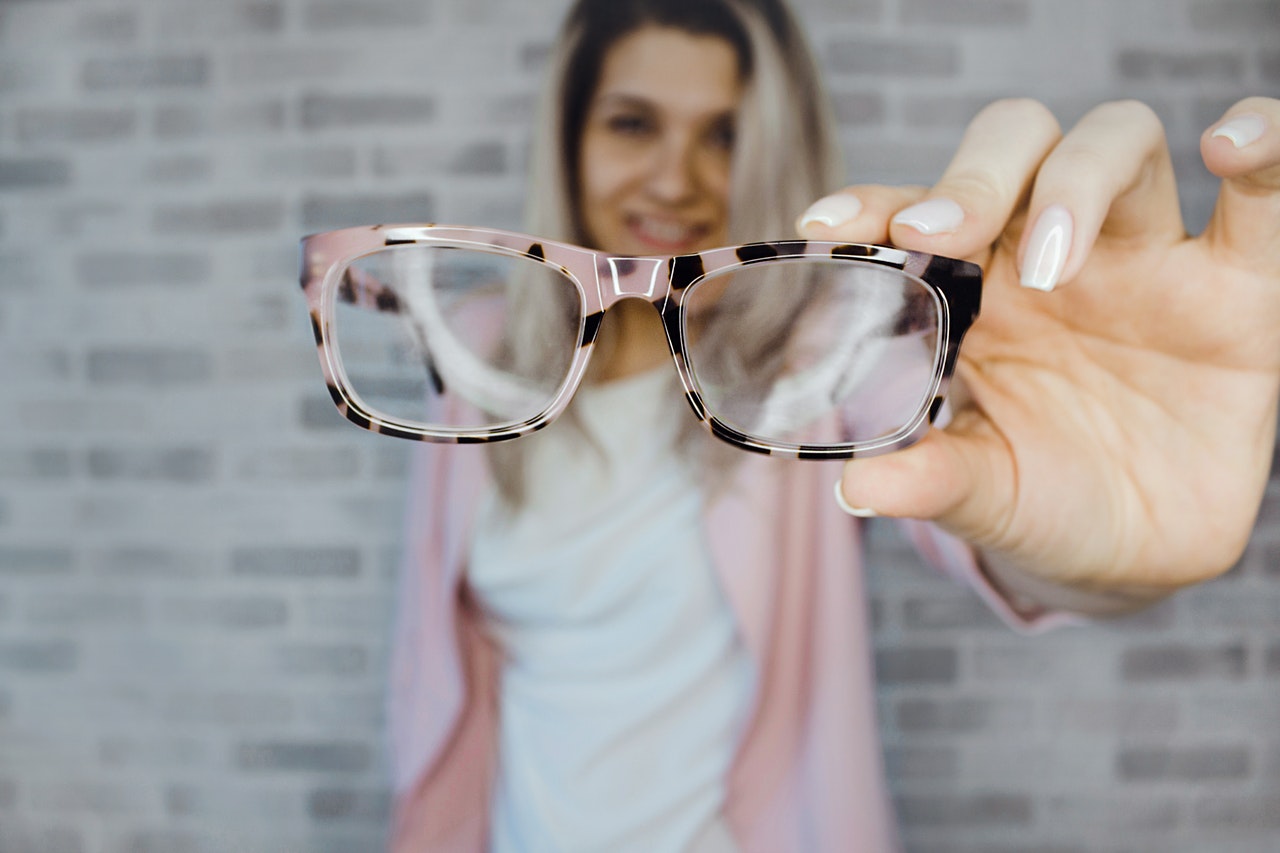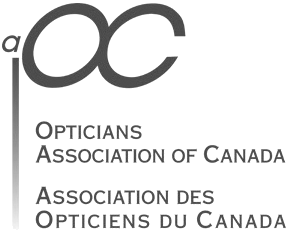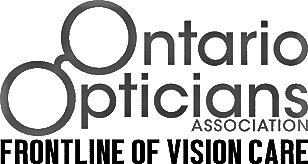OAKVILLE OPTICAL SERVICES
Is Blue Filter better for you eyes?
What is Blue light?
Visible light or UV and non-visible light are made up of a range of wavelength from red, orange , yellow, green , blue, violet. On the spectrum it ranges from 380-780 nanometers. This is UV light to infrared. Blue Light is known as” high energy visible” or HEV. It is the range of blue/turquoise – blue /violet. On the spectrum it is between 380-500 nanometers. 1/3 of visible light is HEV or blue light.
Sources
- Exposure to Blue Light can be found indoors and outdoors.
- Indoors it s found in anything with LED lighting. From digital devices such as computer screens tablet, digital phones, Flat Screen TV, to Led and fluorescent lighting.
- Outdoors the Sun is a source of Blue Light even more so than what you might experience indoors
- Even light from a cars headlight to new street lighting, all emit Blue Light.
Pros and Cons to Blue Light
Pros: In nature outdoors the wavelength of Blue Light is what is responsible for making the sky look blue. Therefore it gives a sense of increased energy, the feeling of being awake and focused and mainly it regulates our sleep cycle, our Circadian rhythms
Cons: One large drawback to continuous exposure to Blue Light is eye fatigue, eye strain and headaches. Too much exposure to devices especially into late hours in the evening can cause insomnia. Because Blue Light penetrates the Retina it can damage cells in the Retina. The damaged cells may increase the risk of macular degeneration.
Benefits of Blue Filter
When an optical lens has blue filter it protects cells in the Retina, it reduces eye fatigue and headaches and increase contrast when viewing digital devices. All in all it is more comfortable for your eyes and aids in optimal vision.
Who should be using Blue Filter lenses
Blue Filter is for everyone. Anyone young or older who is using digital devices over extended periods of time such as gaming with youth to prolonged office work in front of a screen with students to millennials to adults. Even seniors that are post cataract will benefit from the filter, some implants may or may not have a filter.
What Are Anti-Fatigue Lenses?
Anti-fatigue lenses are advanced single-vision lenses designed to reduce visual fatigue caused by prolonged near work. Unlike standard single-vision lenses, which have the same optical power throughout, anti-fatigue lenses feature a subtle boost of additional magnification in the lower portion of the lens.
This small increase in power helps your eyes focus more comfortably when shifting from distance to near tasks, like reading or working on a computer—without the noticeable transition of bifocals or progressive lenses.
Who Can Benefit from Anti-Fatigue Lenses?
While aging is the most common cause of cataracts, other contributing factors include:
- Students who spend long hours reading or studying
- Professionals who work on computers or with digital devices throughout the day
- Adults under 45 experiencing early symptoms of presbyopia (age-related near vision difficulty
- Anyone with frequent eye strain, blurry vision, or headaches after close-up work
They are not typically recommended for people with more advanced presbyopia, who may benefit more from progressive lenses.
Key Benefits
- Reduces Eye Strain: The boost zone makes it easier for the eyes to accommodate near tasks.
- Improves Focus Transitions: Helps ease the switch between looking at distant and near objects.
- Relieves Headaches & Visual Discomfort: Especially during prolonged screen time.
- Looks Like a Regular Lens: No visible lines or segments like bifocals.
How Do Anti-Fatigue Lenses Work?
These lenses incorporate a low-addition power (usually +0.40 to +1.00 diopters) in the lower portion of the lens. This power gently assists the ciliary muscles inside the eye that are responsible for focusing on close-up tasks.
Because the change in power is gradual and minimal, wearers typically adapt very quickly and often don’t notice any difference in lens appearance.
Are They the Same as Blue Light Glasses?
While anti-fatigue lenses help with near-vision stress, they can also be combined with blue light filtering coatings. Blue light coatings block a portion of the high-energy visible (HEV) light emitted from digital screens, adding an extra layer of protection for your eyes.
Together, anti-fatigue lenses with blue light protection can dramatically improve comfort for digital lifestyles.
When to Talk to Your Eye Care Professional
If you experience any of the following, it might be time to ask your optometrist about anti-fatigue lenses:
- End-of-day tired or dry eyes
- Trouble focusing during long reading sessions
- Headaches that start after prolonged screen use
- Blurry vision when shifting between near and far
Your eye doctor can evaluate your visual needs and determine if anti-fatigue lenses are right for you.
Final Thoughts
Anti-fatigue lenses are a smart, seamless way to combat digital eye strain without jumping to bifocals or progressives. They support your eyes throughout the day, help maintain focus, and allow for a more comfortable visual experience—whether you’re studying, working, or scrolling through your phone.
If you’re looking for a modern eyewear upgrade that fits your on-the-go lifestyle, anti-fatigue lenses could be your next best investment in eye health.

















